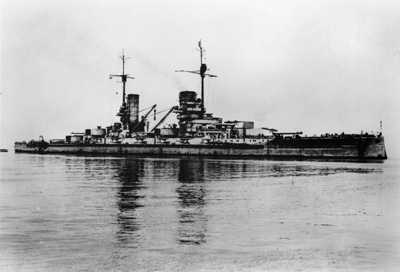
König Class Battleship
Built at Kaiserliche Werft, Wilhelmshaven 1914
Length: 146 metres
Beam: 28 metres
Displacement (standard): 25797 tonnes
Displacement (full load): 29669 tonnes
Seabed: 40 metres
Top of the hull: 16 metres
The König gave its name to the fourth class of German Dreadnought, which were the successors of the Kaiser Class.
The König Class were the first battleships to put all their main guns on the centre line of the ship. This consisted of ten 30.5cm guns all in twin turrets. To support this massive armament the König class had seven 15cm casemate guns down each side with another ten smaller 8.8cm guns around her super structure. She also boasted five 50cm submerged torpedo tubes.
All three König class battleships in Scapa are upside-down – the sheer weight of their main armament and superstructure turned them turtle as they sank to the seabed.
The battleships also share the same scars of blast salvage but the Konig has suffered by the far the most damage of the three and as such takes the most work to understand. However this damage exposes features which can't be seen on the other two. If you can orientate yourself this is a cracking dive.
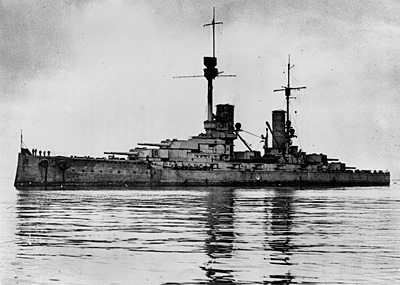
König Class Battleship
Built at A. G. Weser, Bremen 1914
Length: 146 metres
Beam: 28 metres
Displacement (standard): 25797 tonnes
Displacement (full load): 29669 tonnes
Seabed: 42 – 46 metres
Top of the hull: 25 metres
The Markgraf is the deepest of the German fleet lying upside down with a slight list. She is also the most intact making her features even more impressive. The salvage work is far more precise than her sisters – and as such the bow along with the majority of the hull remains intact. She is a superb dive requiring time and multiple visits to truly understand but her depth and scale also demand a level of ability the other wrecks do not.
She lies almost entirely upside down propped up on her starboard side. Both the bow and stern are completely intact – both awesome sites and both some of the defining Scapa images.
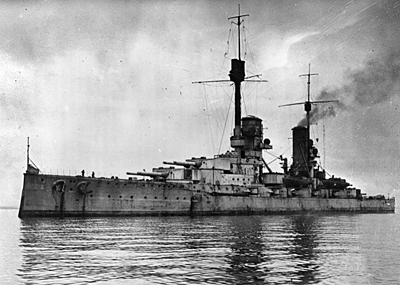
König Class Battleship
Built at Germaniawerft, Keil 1914.
Length: 146 metres
Beam: 28 metres
Displacement (standard): 25797 tonnes
Displacement (full load): 29669 tonnes
Seabed: 37 metres
Top of the hull: 12 – 14 metres
The Kronprinz is the shallowest of the three remaining battleships, and is perhaps why she is more often dived than the others. She lies upside down in 37 metres of water with a more pronounced list than the other two. The main attractions are the stern twelve inch gun turrets the barrels of which are clearly visible. These are just some of the awesome sights the Kronprinz has waiting to be discovered. She bears the same salvage scars as her sister ships but the shallower depth of this battleship make her all the more accessible.
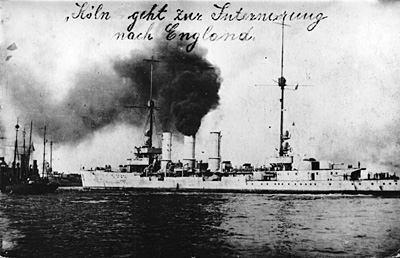
Light Cruiser, Cöln Class
Built in Hamburg and launched October 1918
Length: 115 metres
Beam: 12 metres
Displacement (standard): 5620 tonnes
Displacement (full load): 7486 tonnes
She lies on her starboard side in approximately 36 metres of water.
The least depth over her port side is about 20m.
The Cöln is everything a shipwreck should be. Down the shot line you go and there is an easy to recognise ship! She is in very good condition for a ship nearing her 100th year under water. She is also the most intact of the light cruisers.
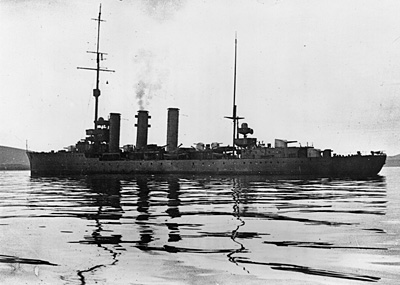
Fast Mine Layer – Brummer Class
Built in Stettin and launched December 11th 1915
Length: 140 metres
Beam: 13 metres
Displacement (standard): 4385 tonnes
Displacement (full load): 5856 tonnes
Built as a fast mine layer, the Brummer could reach speeds of 28 knots powered by twin steam turbines. She lies in approximately 36 metres of water on her starboard side. Least depth over her port side is around 25 metres.
As the only example of her class in Scapa the Brummer boasts a layout and array of features that, although similar to the light cruisers, offer an insight into the function of a minelayer. All of her 15 cm guns are still in place as are the anchor capstans, her conning tower and bridge. She also has several features unique to her well worth looking out.
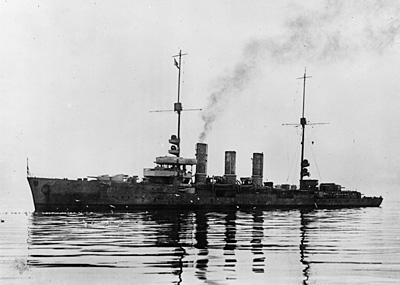
Light Cruiser, Cöln Class
Built at Kiel and launched April 25th 1917
Length: 115 metres
Beam: 12 metres
Displacement (standard): 5620 tonnes
Displacement (full load): 7486 tonnes
She lies on her port side on a sloping sea bed with her bow in approximately 28 metres and her stern in 37 metres of water.
Being sister ships the Cöln and Dresden share many of the same features. However lying on her port side and on a sloping seabed she makes for a very different dive.
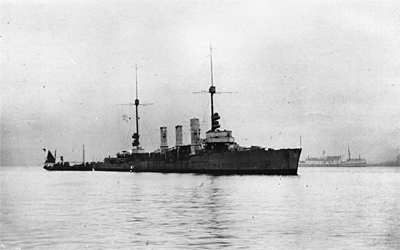
Light Cruiser, Konigsberg Class
Built at Kiel and launched 31st January 1916
Length: 112 metres
Beam: 12 metres
Displacement (standard): 5440 tonnes
Displacement (full load): 7125 tonnes
She lies in approximately 26 metres of water on her starboard side. The least depth over her port side is 12 metres. Being the shallowest, the Karlsruhe is the most accessible of the German Fleet. She also bears the biggest salvage scars compared to the other cruisers. However, to dismiss her as an easy and broken dive is a mistake. It is true she boasts less structural integrity but this makes her features both external and internal far more accessible and with a little explanation and understanding the wreck can be truly fantastic.